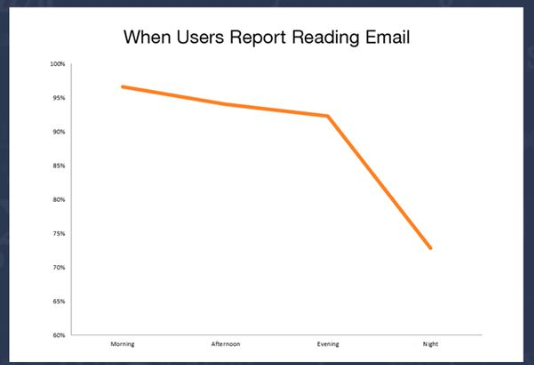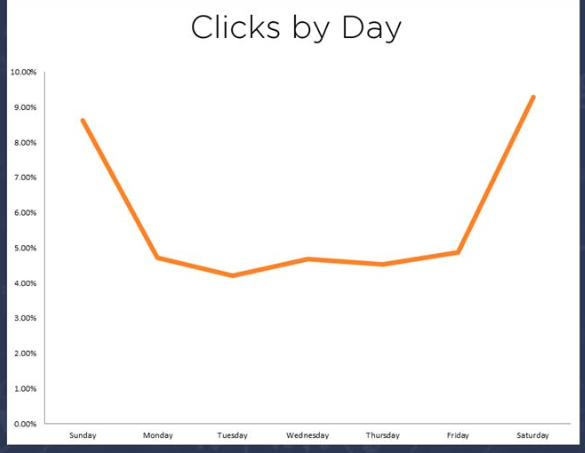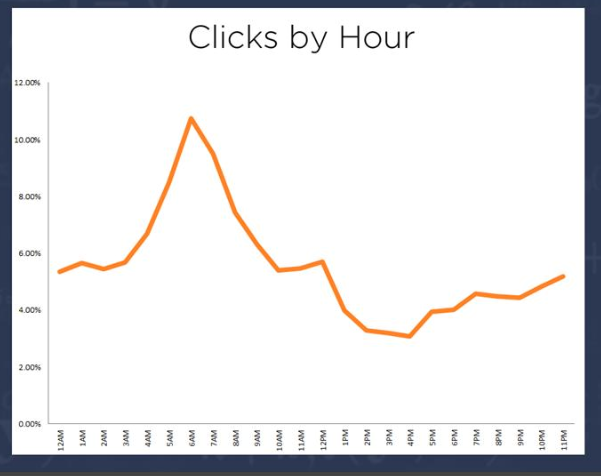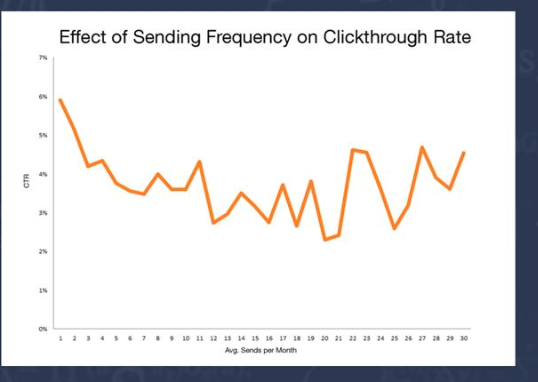You are viewing our site as an Agent, Switch Your View:
Agent | Broker Reset Filters to Default Back to ListThe Science of Timing: Emailing
April 20 2011
 How many times a day or week should you email your subscriber base or clients to get the maximum opens without getting "unsubscribe" responses?
How many times a day or week should you email your subscriber base or clients to get the maximum opens without getting "unsubscribe" responses?
Do you know what time of day is best for emailing?
Does it matter?
The answer is simple: emailing is not a haphazard activity. It has evolved into a science.
If you are interested in keeping a client and subscriber base informed and engaged with you and your business, it is well worth your time to invest in learning some of the research behind the science of email timing.
HubSpot social media scientist Dan Zarrella discussed his research on timing.
He has conducted research on the Internet for the last 2-3 years. Of all the subjects he researches, the science of timing is the number one piece of data consumers want to know. He researches and identifies best practices.
This webinar presents all the data to date that Zarrella has studied. It covers three marketing mediums businesses use for inbound marketing: social media, email and blogging.
This article focuses on emailing specifically.
Email Timing Highlights
Business or Personal Email Account
Which email account is the best to send emails to? Research shows that over 80% of professionals check both their personal and professional email inboxes the same amount.
Time of Day
As far as time that is best to engage people via email, users report using email more in the morning and afternoon.

Abuse reports
Abuse reports are something to be aware of. If a user feels you are "spamming" them, or sending them information they do not want and invading their inbox, they will sometimes mark your email as spam, which can have serious side effects if too many people report your emails as abuse. When studying the rate of abuse reports relative to the day of the week, Zarella found that abuse reports were highest on Saturdays and Sundays.
They also found that the hours of the day most people reported spam were between the hours of 4-6pm on most weekdays.
The takeaway here is to send emails during the weekdays in the morning to lessen the likelihood of being checked "spam" by those you email.
Bounce Rates vs. Opens
Ideally people open your email and actually engage with your content. However, some people quickly breeze through their emails, avoiding much of the content they receive. This is something marketers can try to avoid by sidestepping the days and times of the week where people are more focused on cleaning out their inbox than gathering data.
Research showed that email bounce rates are lowest Mondays and Tuesdays, and highest over the weekends.
Bounce rates are also highest early in the morning.
More people open their emails by day, and during the weekend open rates are also higher. This makes sense, as professionals are not under the gun at work and can more easily focus on their interests without interruption.
The main point here is to make the content of your emails good and make the email itself attractive.
Time of Day
Overall, the research says that there are more opens in the early mornings, before professionals get to work. More people open emails between 5-6am PST in the morning.
Consumer engagement with emails are highest on weekends. Using Mail Chip for over 9.5 billion samples of data, Zarella found that more people open their email during the weekend.

This takes us back to the contra-competitive timing we talked about when looking at social media timing. The idea is less people email during the weekend, so those that do have a higher chance of getting more opens because consumers have more time to read them and less emails to weed through. So experiment with emailing during the weekend.
Hour of the Day
Consumers click and engage more with content in the morning.

From 4-6am most people are clicking and engaging with content, so experience with sending email announcements and newsletters early in the morning.
Frequency of Emailing and Unsubscribes
How many times per day or per week can you send emails without annoying your client base?
Looking at the Click Through Rates (CTR) of emails, research shows that those who are going to unsubscribe to your email or request to be taken off your emailing list typically unsubscribe within the first few times they receive an email from a business.
The graph shows a positive relationship between time of receiving emails and rate of unsubscribing, meaning that the longer someone receives emails from you the less likely they are the unsubscribe.
Unsubscribe rates are highest after 1-2 emails. This makes sense, right? When people first sign up for a newsletter, their attention and interest level is highest. If you can keep this interest level for the first few email communications, chances are you can sustain their interest and they will be less likely to unsubscribe. Zarella recommend you hit new subscribers with your best offers, demo or high value offers right after someone subscribes.
How many emails can you send per week to sustain CTR?
Most marketers send out around one email per week. Research shows that if a customer doesn't want your emails, they will unsubscribe shortly after realizing they are part of a distribution list. But if they like it, there is no reason they won't want more of it, research shows. As long as your emails contain quality information, the amount of them does not seem to be a huge deterrent. The below graph shows that the number of emails sent did not really affect the click through rate of the emails.

Experiment with which days to send out emails, how many emails to send, and what type of content and layouts get the most opens and highest CTR.
If this subject matter is interesting to you, consider signing up for the next HubSpot marketing webinar. To learn more about HubSpot, click here.









